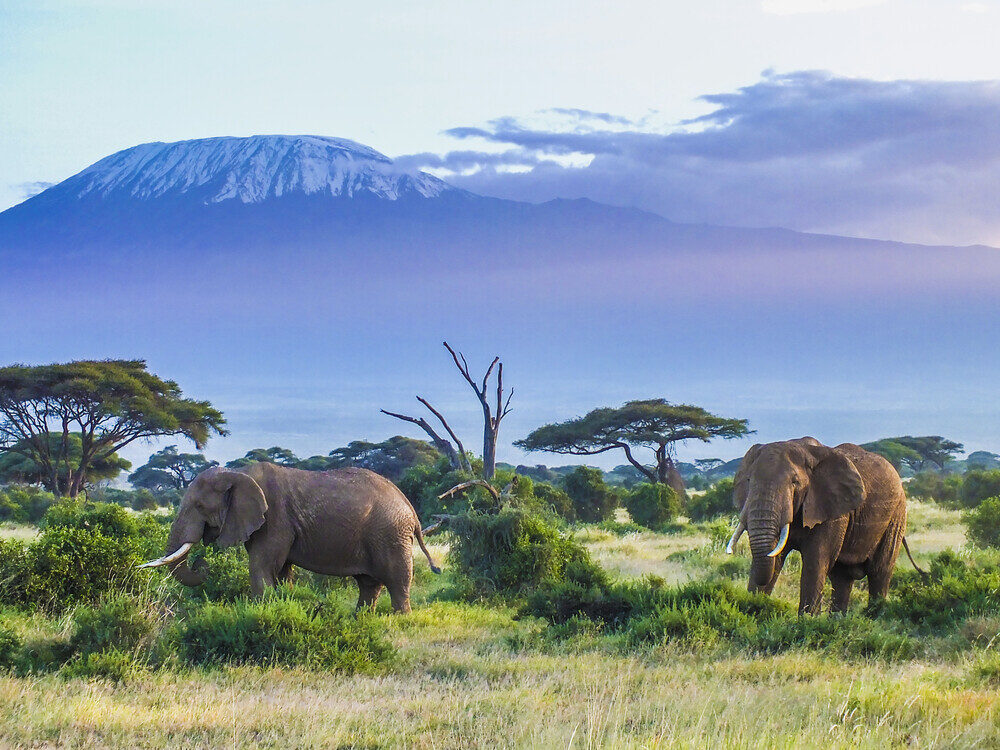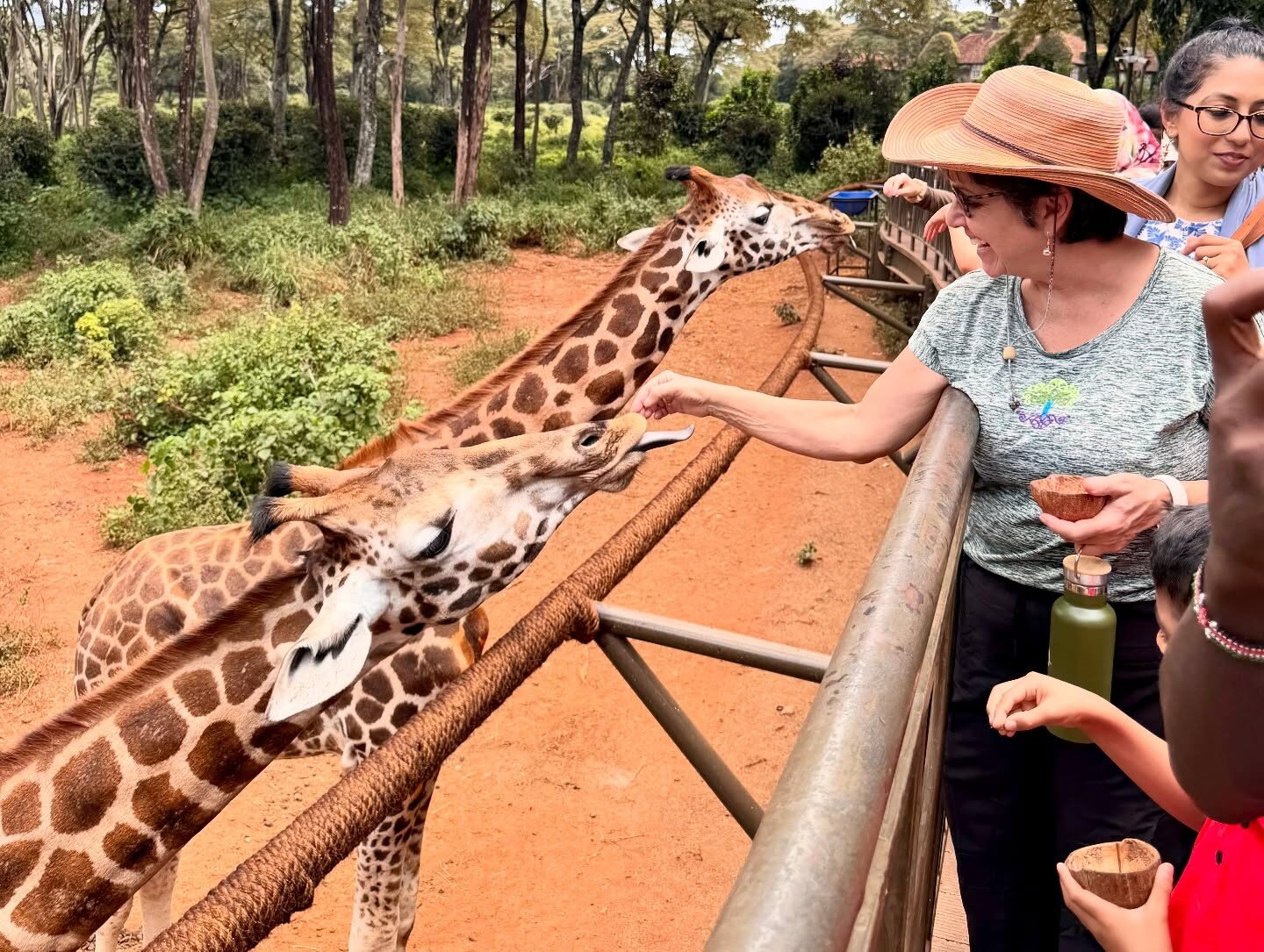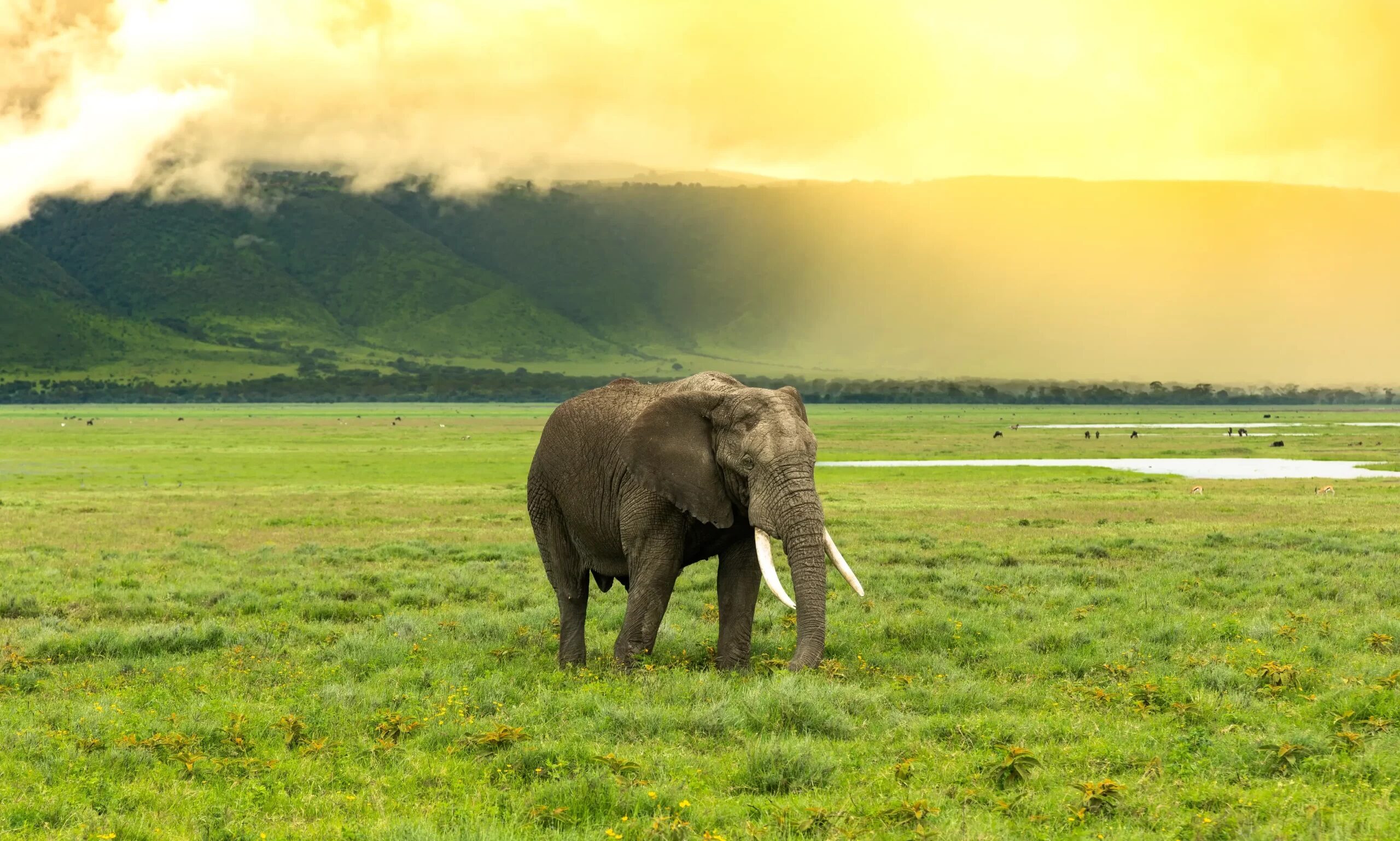Let’s face it—nobody dreams of spending their once-in-a-lifetime safari sweating through their shirt in a packed 4×4, squinting past a dozen other jeeps to catch a glimpse of a lion’s ear. But that’s exactly what can happen if you don’t plan smart—especially if you’re a senior traveler looking for a more relaxed, crowd-free experience. Over the years planning safaris for guests in their 60s, 70s, and even early 80s, I’ve learned this: timing is everything.
It’s not just about avoiding discomfort. Crowds and heat can turn a magical moment into a stressful one real fast. But don’t worry—I’ve made all the mistakes, and now I can help you dodge them.
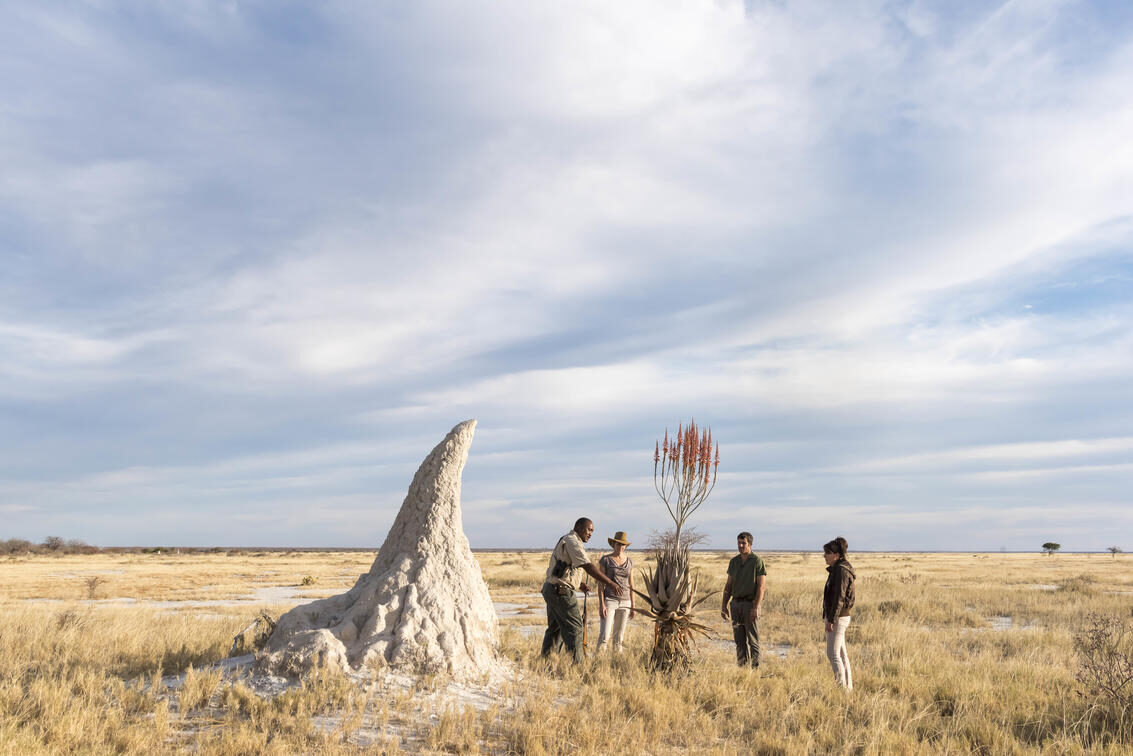
The Problem With Peak Season Safaris
Peak season in East Africa—June to October and late December—brings epic wildlife viewing, especially in places like the Masai Mara and Serengeti. But it also brings higher prices, packed lodges, and queues of safari vehicles around popular sightings. In the middle of the Great Migration? You might feel more like you’re in traffic than the wilderness.
I once had a senior couple during peak July in Masai Mara who spent more time watching other tourists than animals. Not ideal. They were polite, of course, but I could tell they were overwhelmed—and kinda bummed.

Heat is the other villain. March to May can be hot and sticky (and wet), while January and February get downright toasty in dry regions like Samburu and Tarangire. Seniors with blood pressure concerns or mobility issues? These months can be tough without serious planning.
My Favorite Secret Seasons (aka Shoulder Months)
The best way to avoid the crowd-and-heat combo? Go during the shoulder seasons—specifically mid-May to early June and late October to early December. You’ll still get solid game viewing, but without the crush of tourists or sweltering midday heat.
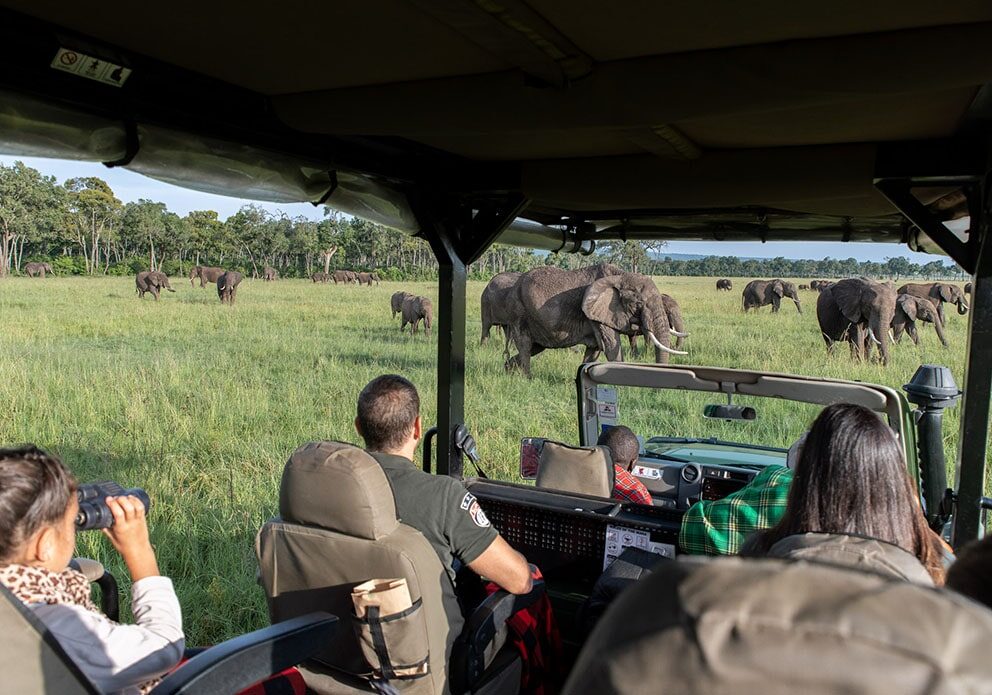
In early June, the landscapes are still green from the rains, animals are active, and the air feels fresh. I once guided a small group of retired Canadians during this period in the Serengeti, and they still talk about how peaceful it was. No rush, no noisy convoys, just quiet game drives and slow, joyful mornings with coffee overlooking the plains.
Late October is another gem. The short rains may be starting, but it’s rarely a washout—and trust me, a bit of cloud cover can be a blessing on older skin.
How I Plan Around the Heat
To beat the heat, you gotta outsmart the sun. Here’s what works best from experience:
- Start game drives at dawn when it’s cool and the animals are active.
- Break mid-day for naps or spa time—I always plan long lunch stops with shade or even indoor dining for older travelers.
- Resume activities around 4 p.m., just in time for golden hour magic.
I also lean heavily toward lodges at higher elevations—think Ngorongoro, Aberdare, or parts of Laikipia. Cooler air, fewer mosquitoes, and less sweat. You’re welcome.
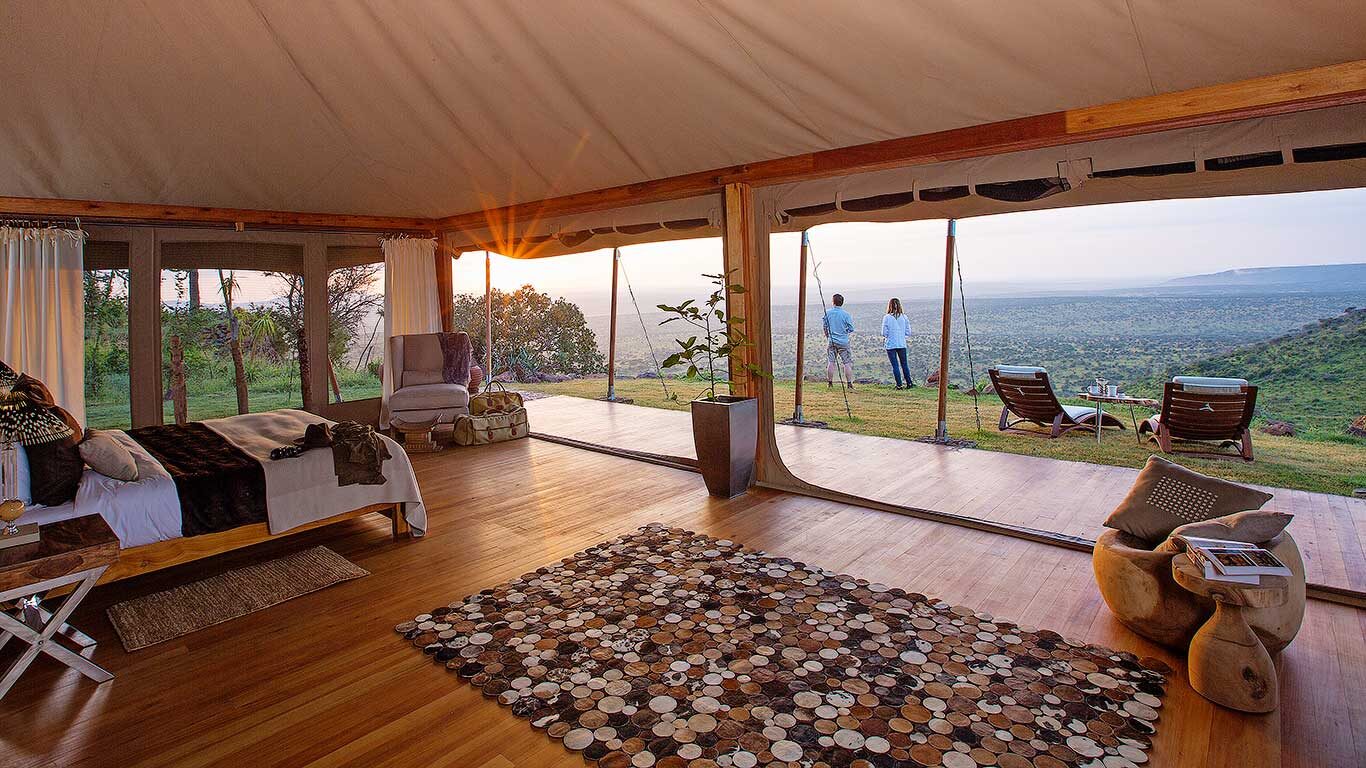
Where to Go to Avoid the Masses
Everyone wants to see the Masai Mara and Serengeti, and rightfully so. But there are equally wild (and quieter) alternatives.
- Laikipia Conservancies in Kenya are underrated, less crowded, and offer walking safaris and night drives—great for active seniors.
- Tarangire in early June is green and buzzing with elephants, without the lodge hustle you’ll find in July.
- Ndutu in southern Serengeti during the February calving season is epic—without the intensity of high season. Plus, the roads aren’t choked with trucks.
I once had a client in his late 60s tell me after visiting Lewa Conservancy in October, “That felt like Africa just for us.” Mission accomplished.

Practical Mistakes I’ve Made (So You Don’t Have To)
Here’s where I fumbled hard once: I booked a group of seniors into a lodge near Lake Manyara during February without checking if the units had fans. Surprise—it didn’t. That was a sweaty, restless week, and it nearly derailed the whole experience.
Another time, I underestimated how draining back-to-back long game drives can be in the heat. Now, I always schedule every third day as a slower day—something with cultural visits, light nature walks, or even just a scenic sundowner drive.
And I’ve learned that early booking is non-negotiable. If you wait too long, you’re left with whatever’s left—usually either expensive or not suitable for seniors (think: far from the main areas, no shade, or too rustic).
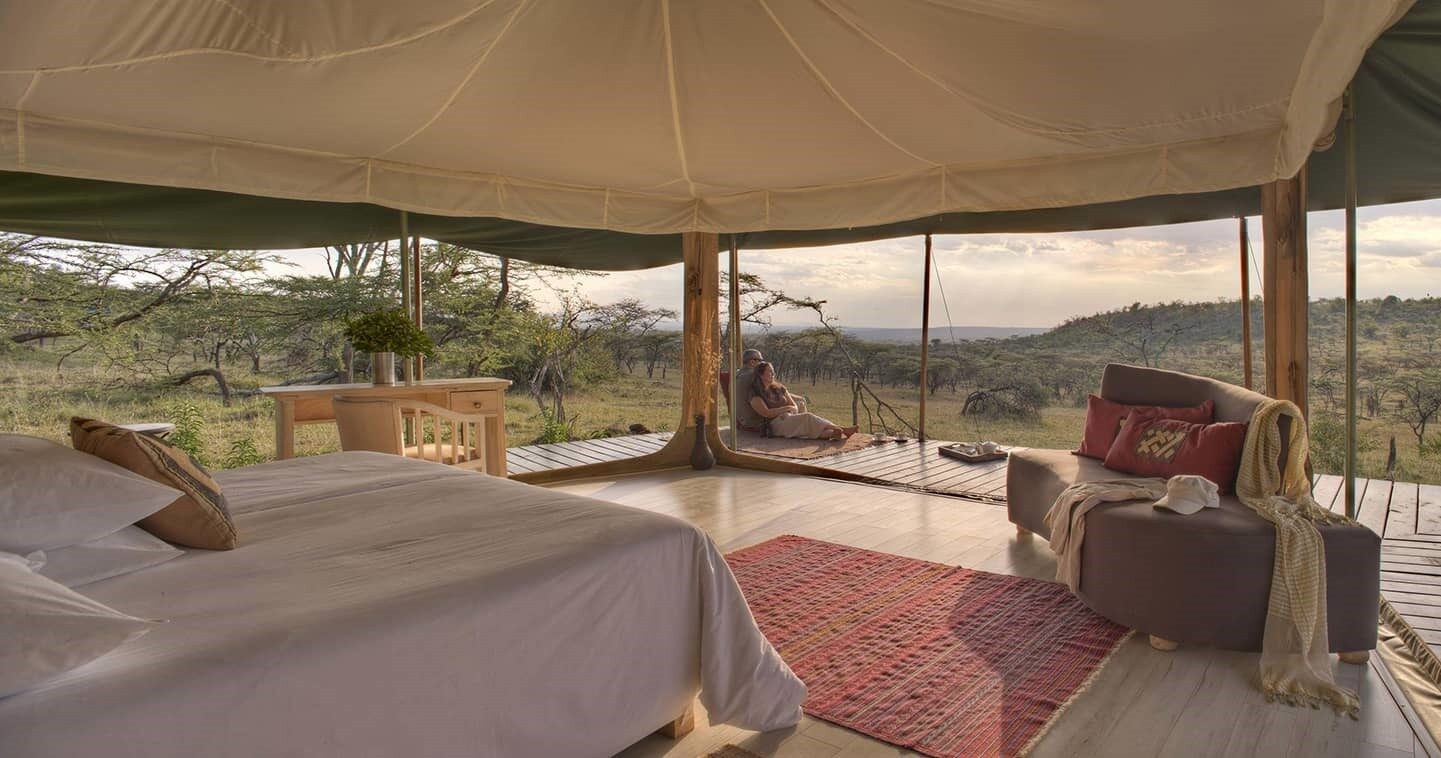
Conclusion
Avoiding peak crowds and heat on a senior safari isn’t about skipping the good stuff—it’s about experiencing it better. With smart timing, the right destinations, and a well-paced itinerary, senior travelers can enjoy Africa’s magic without the chaos or the sweat. Trust me, once you’ve had a quiet morning game drive with just you, your guide, and a herd of elephants in golden light—you’ll never go back to peak season madness.
Need help planning a safari that keeps the adventure but skips the stress? I’m here for it. Let’s map out something special.

